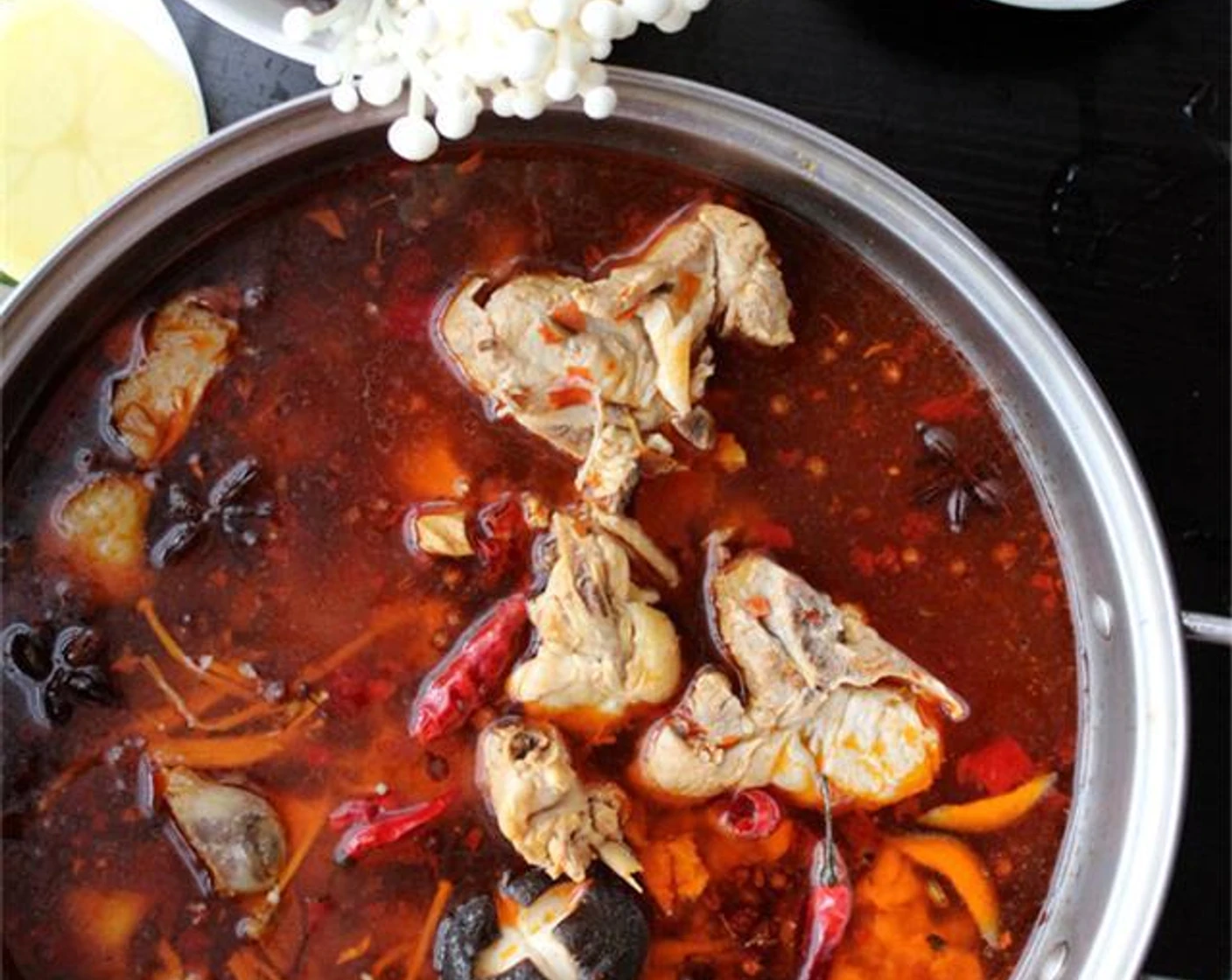

Articles
What Is Chicken Hot Pot
Modified: January 6, 2024
Discover delicious chicken hot pot recipes and learn the art of cooking this flavorful dish with our informative articles. Explore various cooking techniques and ingredient combinations.
(Many of the links in this article redirect to a specific reviewed product. Your purchase of these products through affiliate links helps to generate commission for Storables.com, at no extra cost. Learn more)
Introduction
Chicken hot pot is a delicious and comforting dish that has gained popularity all around the world. The dish is known for its rich flavors, tender chicken, and a variety of vegetables and herbs. It is a perfect choice for a hearty meal, especially during cold weather or when craving something warm and satisfying.
The origins of chicken hot pot can be traced back to ancient Chinese cuisine. The concept of hot pot or “huo guo” in Chinese dates back thousands of years, where ingredients are simmered in a flavorful broth at the dining table. Over time, chicken hot pot has evolved and become a staple in Asian cuisine, particularly in countries like China, Korea, and Japan.
The beauty of chicken hot pot lies in its simplicity and versatility. The dish can be customized to suit individual preferences, with a range of ingredients and seasonings that can be added to elevate the flavor profile. From spicy Sichuan-style to fragrant and herbal Cantonese-style, there are countless variations of chicken hot pot to explore.
Preparing and cooking chicken hot pot is a collaborative and interactive experience. It is often enjoyed with family and friends, where everyone gathers around the table to cook their own ingredients in the bubbling broth. This communal dining experience not only brings people together but also enhances the enjoyment of the meal.
Besides being a tasty and comforting dish, chicken hot pot also offers several health benefits. The broth used in the hot pot is often made from scratch using a combination of herbs, spices, and chicken bones. This results in a nourishing and flavorful broth that is packed with vitamins, minerals, and collagen. The variety of vegetables and protein-rich chicken further adds nutritional value to the dish.
Culturally, chicken hot pot holds significance as a symbol of togetherness and celebration. It is often served during special occasions, festivals, and family gatherings. The act of sharing a hot pot not only fosters a sense of unity but also represents the importance of communal dining in Asian cultures.
In this article, we will explore the history, ingredients, preparation, cooking methods, variations, health benefits, and cultural significance of chicken hot pot. Whether you are a fan of this dish or have yet to try it, this article will provide you with a comprehensive understanding of chicken hot pot and why it is loved by so many around the world.
Key Takeaways:
- Chicken hot pot is a versatile, communal, and culturally significant dish with a rich history and numerous health benefits, offering a customizable and nourishing dining experience for people of all ages.
- From its ancient Chinese origins to its global popularity, chicken hot pot represents unity, hospitality, and the joy of shared meals, making it a delightful and memorable culinary adventure for all.
Read more: What Is A Hot Pot?
History of Chicken Hot Pot
The history of chicken hot pot can be traced back to ancient China, where the concept of hot pot originated. The earliest recorded evidence of hot pot dates back to the Tang Dynasty during the 9th century.
Hot pot, or “huo guo” in Chinese, is a style of cooking where a pot of simmering broth is placed on the dining table. Diners then cook a variety of ingredients, such as meat, seafood, vegetables, and noodles, in the boiling broth. The communal dining experience allows everyone to customize their own hot pot by adding their preferred ingredients.
Over time, chicken hot pot emerged as a popular variation of this cooking style. Chicken, being a widely consumed and versatile protein, became a favored ingredient for hot pot dishes. The warm and comforting flavors of chicken hot pot quickly gained popularity among the Chinese population.
During the Qing Dynasty in the 17th century, hot pot started to spread beyond China to other parts of Asia. It made its way to Korea, where it is known as “Jeongol,” and Japan, where it is called “Nabemono” or “Yosenabe.” Each region added its own twist and unique flavors to the hot pot, incorporating local ingredients and seasonings.
As globalization took place, chicken hot pot’s popularity spread to various parts of the world. It became a staple in Asian communities and gained recognition among food enthusiasts worldwide. Nowadays, you can find chicken hot pot restaurants and variations in many major cities across the globe.
Today, chicken hot pot continues to evolve and adapt to different culinary preferences. It has become a beloved dish that brings people together, whether it’s for a casual meal with friends or a festive celebration with family.
The history of chicken hot pot is not just about its origins and spread, but also about the cultural significance it holds within Asian communities. It represents the importance of shared meals, the joy of cooking together, and the unity it brings among people.
In the next sections, we will explore the ingredients, preparation, cooking methods, variations, health benefits, and cultural significance of chicken hot pot. So, continue reading to delve deeper into the world of this delicious and comforting dish.
Ingredients for Chicken Hot Pot
Chicken hot pot is a versatile dish that allows for a wide range of ingredients to be used. The key components of a chicken hot pot include:
- Chicken: The star of the dish, chicken is typically used as the main protein in chicken hot pot. You can choose to use bone-in chicken pieces like chicken thighs or boneless chicken breast, depending on your preference.
- Broth: The broth forms the base of the hot pot and imparts flavor to the ingredients. Traditional broths are made by simmering chicken bones or a combination of bones and aromatics, such as garlic, ginger, and scallions. However, pre-made broths or stock cubes can be used for convenience.
- Vegetables: A variety of vegetables can be added to the hot pot to enhance the flavors and provide a healthy balance. Common vegetable choices include leafy greens like bok choy, Napa cabbage, and spinach, as well as mushrooms, tofu, bean sprouts, and other seasonal vegetables.
- Noodles or Rice: Adding noodles or rice to the hot pot provides a satisfying and filling component. Thinly sliced rice noodles, glass noodles, or udon noodles are popular choices. Some people also enjoy adding cooked rice to the hot pot towards the end, allowing it to soak up the flavors of the broth.
- Sauces and Condiments: Various sauces and condiments can be provided for dipping and flavoring the ingredients. Common options include soy sauce, chili oil, sesame oil, oyster sauce, and hoisin sauce. These condiments allow each diner to customize their flavors according to their preferences.
- Aromatics and Seasonings: Additional aromatics like garlic, ginger, scallions, and spices such as star anise, cinnamon, and Sichuan peppercorns can be added to the broth for extra flavor. Herbs like cilantro and Thai basil can also be used as garnishes.
The beauty of chicken hot pot lies in its flexibility, allowing you to customize the ingredients based on your preference and dietary needs. You can add or substitute ingredients to create your own unique variation of chicken hot pot.
Now that you are familiar with the key ingredients for chicken hot pot, let’s move on to the next section where we will explore the preparation and cooking methods to create a delicious pot of chicken hot pot.
Preparation of Chicken Hot Pot
Preparing a delicious chicken hot pot requires some planning and preparation. Here are the steps involved in getting the ingredients ready:
- Prepare the chicken: Start by cleaning and preparing the chicken. If using bone-in chicken pieces, you can remove the skin and trim any excess fat. Cut the chicken into bite-sized pieces or leave them whole, depending on your preference.
- Prepare the broth: If making the broth from scratch, start by boiling chicken bones and aromatics like garlic, ginger, and scallions in a pot of water. Simmer the mixture for a few hours to develop a rich and flavorful broth. Skim off any impurities that rise to the surface. Alternatively, you can use pre-made broth or stock cubes, following the package instructions for preparing the broth.
- Prepare the vegetables: Wash and chop the vegetables of your choice. Leafy greens like bok choy can be separated into individual leaves. Mushrooms can be halved or sliced, and other vegetables can be prepared according to your preference.
- Prepare the noodles or rice: If using noodles, cook them according to the package instructions and set them aside. If you prefer rice, cook it separately and keep it warm until ready to serve. Rice noodles can also be added directly to the hot pot without pre-cooking.
- Arrange the ingredients: Place the prepared chicken, vegetables, and noodles (if using) on separate plates or platters. This allows everyone to easily access the ingredients during the cooking process. Arrange the sauces, condiments, aromatics, and seasonings within reach as well.
Once the ingredients are prepared and arranged, you are ready to start cooking and assembling the chicken hot pot. The preparation stage ensures that everything is organized and readily accessible, making the cooking process smoother and more enjoyable.
In the next section, we will explore the various cooking methods for chicken hot pot, so that you can create a flavorful and satisfying meal for yourself and your loved ones.
Cooking Chicken Hot Pot
The cooking process of chicken hot pot involves simmering the ingredients in a flavorful broth at the dining table. Here’s a step-by-step guide to cooking chicken hot pot:
- Place the broth: Set up a portable stove or an electric hot pot at the center of the dining table. Pour the prepared broth into the pot and bring it to a gentle simmer.
- Add aromatics and seasonings: Enhance the flavor of the broth by adding aromatics like garlic, ginger, scallions, and spices such as star anise or Sichuan peppercorns. Adjust the seasonings based on your preference.
- Cook the chicken: Start by adding the chicken pieces to the simmering broth. Allow the chicken to cook until it turns white and is no longer pink in the center. This usually takes around 5-7 minutes, depending on the size of the chicken pieces.
- Add vegetables: Gradually add the prepared vegetables to the hot pot. Leafy greens like bok choy or Napa cabbage can be added first, followed by mushrooms, tofu, and other vegetables. Cook the vegetables until they are tender but still retain a slight crunch.
- Cook the noodles or rice: If using pre-cooked noodles, add them to the hot pot for a few minutes to heat through. If using rice noodles or rice cakes, they can be added directly to the broth to cook. Adjust the cooking time according to the specific type of noodles or rice used.
- Adjust the heat and flavors: Keep the hot pot at a gentle simmer throughout the meal. You can adjust the heat as needed. Taste the broth and adjust the flavors by adding more seasonings or condiments if desired.
- Serve and enjoy: Once everything is cooked, it’s time to serve the hot pot. Each person can ladle their desired portions of broth, chicken, vegetables, and noodles into their bowls. Serve with a variety of sauces and condiments for dipping and flavoring.
Remember, part of the enjoyment of chicken hot pot comes from the interactive and communal dining experience. Gather around the table with your family and friends, and enjoy the process of cooking together while savoring the delicious flavors of the dish.
In the next section, we will explore different variations of chicken hot pot that you can try to add interesting flavors to your meal.
When making chicken hot pot, be sure to use bone-in, skin-on chicken pieces for the most flavor. Browning the chicken before adding it to the pot will also enhance the overall taste of the dish.
Read more: What Is A Hot Pot Restaurant
Serving Chicken Hot Pot
Serving chicken hot pot is as much about presentation as it is about the delicious flavors. Here’s how to serve chicken hot pot in an enticing and enjoyable manner:
- Place the hot pot at the center: Present the simmering hot pot at the center of the table, whether it’s a traditional clay pot or a modern electric hot pot. Make sure the pot is easily accessible to each diner.
- Set the table: Arrange the prepared ingredients, such as the cooked chicken, vegetables, noodles, and sauces, on the table around the hot pot. Use platters and bowls to create an inviting and organized spread.
- Provide individual bowls and utensils: Each diner should have their own soup bowl and chopsticks or spoons for serving and eating. This allows everyone to customize their hot pot experience and helps maintain hygiene.
- Encourage interactive dining: As everyone gathers around the table, encourage them to participate in the cooking process. Each person can add their desired ingredients to the hot pot and monitor the cooking time to achieve their preferred level of doneness.
- Dipping sauces and condiments: Offer a variety of dipping sauces and condiments to accompany the hot pot. Common options include soy sauce, chili oil, sesame oil, and vinegar. Each diner can create their own flavorful dipping sauce based on their preferences.
- Garnish with herbs: Add a touch of freshness and aroma by providing fresh herbs like cilantro, Thai basil, or green onions as garnishes for the hot pot. These can be sprinkled on top of the cooked ingredients or added to individual bowls before serving.
- Enjoy the meal: Once the hot pot ingredients are cooked to perfection, each diner can serve themselves by scooping out their desired portions into their bowls. Slurp the hot broth and savor the tender chicken, vegetables, and noodles.
Remember, hot pot dining is a communal experience meant to be enjoyed together. Engage in lively conversations, share stories, and create lasting memories while indulging in the flavors of the chicken hot pot.
In the next section, we will explore some popular variations of chicken hot pot that you can try to add more diversity to your hot pot experience.
Variations of Chicken Hot Pot
Chicken hot pot offers a wide range of possibilities for customization and flavor exploration. Here are some popular variations of chicken hot pot that showcase different regional influences and ingredient combinations:
- Sichuan-style Hot Pot: Known for its bold and spicy flavors, Sichuan-style hot pot features a fiery broth infused with Sichuan peppercorns, dried chili peppers, and various aromatic spices. It pairs perfectly with tender chicken slices and a variety of vegetables, such as lotus root, enoki mushrooms, and Chinese cabbage.
- Cantonese-style Hot Pot: Cantonese-style hot pot is characterized by its clear and delicate broth, often made from chicken bones and simmered with ingredients like dried scallops and Chinese herbs. The focus is on enhancing the natural flavors of the ingredients, and it is common to find premium additions like abalone, fish balls, and seafood in this style of hot pot.
- Korean-style Hot Pot: In Korea, hot pot is known as “Jeongol.” Korean-style chicken hot pot is often made with a spicy and savory gochujang-based broth. It features ingredients like marinated chicken, tofu, kimchi, mushrooms, and rice cakes, creating a flavorful and hearty one-pot meal.
- Japanese-style Hot Pot: In Japan, hot pot is called “Nabemono” or “Yosenabe.” In a Japanese chicken hot pot, the emphasis is on freshness and simplicity. The broth is usually a delicate combination of kombu (kelp) and bonito flakes, resulting in a light and umami-rich flavor. Ingredients like thinly sliced chicken, tofu, vegetables, and udon noodles are commonly used.
- Thai-style Hot Pot: Thai-style chicken hot pot, often referred to as “Suki,” features a clear and aromatic broth infused with Thai herbs and spices. This variation utilizes ingredients like thinly sliced chicken, glass noodles, mushrooms, bok choy, and Thai basil. It is typically served with a tangy and spicy dipping sauce made from lime juice, chili, and fish sauce.
These are just a few examples of the diverse variations of chicken hot pot that exist. Each style brings its own unique flavors and ingredients to the table, allowing you to explore and discover new taste sensations.
Don’t be afraid to get creative and try different combinations of proteins, vegetables, and seasonings to create your own signature chicken hot pot recipe.
In the next section, we will explore the health benefits of chicken hot pot, making it not only a delicious meal but also a nourishing one.
Health Benefits of Chicken Hot Pot
Chicken hot pot not only tantalizes your taste buds but also offers several health benefits. Here are a few reasons why chicken hot pot is a nutritious choice:
- Nutrient-Rich Broth: The base of chicken hot pot is the flavorful broth, which is often made from scratch using chicken bones. This broth is packed with essential vitamins, minerals, and collagen, making it a nourishing component of the dish.
- Protein Powerhouse: Chicken is a lean and versatile source of protein that is commonly used in hot pot. Protein is essential for muscle growth and repair and supports overall cell function in the body.
- Abundance of Vegetables: Chicken hot pot is typically loaded with a variety of vegetables. These vegetables contribute a host of vitamins, minerals, and dietary fiber, promoting good digestion and supporting a healthy immune system.
- Low-Fat Cooking Method: The simmering process of hot pot allows you to cook the ingredients without the need for excessive amounts of oil or added fats. This makes it a healthier alternative to other cooking methods.
- Customizable Portions: With hot pot, each person can control their own portion sizes and choose the amount of food they consume. This flexibility helps maintain portion control, which is important for maintaining a balanced diet.
- Hydration and Detoxification: The hot broth in chicken hot pot is hydrating and helps in flushing out toxins from the body. It keeps you hydrated throughout the dining experience, making it a beneficial choice, especially during the colder months.
- Stress Relief and Mood Boosting: The communal and interactive nature of hot pot dining fosters a sense of togetherness and relaxation. It provides an opportunity to unwind, share a meal, and elevate the mood, promoting mental well-being.
While chicken hot pot offers many health benefits, it is important to be mindful of the ingredients and portion sizes. You can make healthier choices by opting for lean cuts of chicken, including a variety of colorful vegetables, and being mindful of the amount of added sauces and condiments.
Overall, chicken hot pot offers a delicious and wholesome meal option that can be enjoyed by individuals of all ages. Its combination of protein, vegetables, and nourishing broth makes it a well-rounded dish that satisfies both the taste buds and the body.
In the final section, we will explore the cultural significance of chicken hot pot and its role in bringing people together.
Cultural Significance of Chicken Hot Pot
Chicken hot pot holds deep cultural significance in many Asian communities and is often viewed as more than just a meal. Here’s a look at the cultural significance of chicken hot pot:
- Symbol of Togetherness: Chicken hot pot is known for its communal dining experience, where family and friends gather around the table to cook and share a meal together. This tradition fosters a sense of togetherness and strengthens bonds among loved ones.
- Celebratory Meals: Chicken hot pot is often served during festive occasions, special gatherings, and celebrations. Its interactive nature and the act of sharing vibrant ingredients make it a perfect choice for joyful events and important milestones.
- Generosity and Hospitality: Cooking chicken hot pot for guests is seen as an act of generosity and hospitality in many cultures. It is a way of showing care and warmth by providing a hearty and flavorful meal that can be enjoyed by all.
- Equalizer: The shared cooking experience of chicken hot pot creates a sense of equality among participants. Everyone gets to cook their own ingredients in the communal pot, irrespective of age or social status, fostering a sense of inclusivity and harmony.
- Cultural Exchange: Chicken hot pot has traveled beyond its place of origin and has been adopted and adapted by various cultures. As people share their own variations and techniques, it becomes a symbol of cultural exchange and appreciation.
- Connection to Nature: Many cultures believe in the harmony between humans and nature. Chicken hot pot, with its emphasis on using fresh and seasonal ingredients, reflects this connection by incorporating the bounty of nature into the meal.
- Traditional Wisdom: Chicken hot pot recipes and cooking methods have been passed down through generations, carrying with them the wisdom and culinary expertise of those who came before. It serves as a reminder of cultural traditions and ancestral knowledge.
Throughout Asia, the act of sharing a chicken hot pot not only nourishes the body but also nourishes the soul. It brings people together, encourages conversation, and creates lasting memories around the dining table.
Whether it’s a simple gathering of family and friends or a festive celebration, chicken hot pot exemplifies the spirit of unity, hospitality, and cultural pride.
As you enjoy your next chicken hot pot experience, take a moment to appreciate the cultural significance behind this beloved dish and the connections it fosters.
With this comprehensive understanding of the history, ingredients, preparation, cooking methods, health benefits, and cultural significance of chicken hot pot, you are now well-equipped to embark on your own chicken hot pot adventure.
So, gather your loved ones, explore the flavors, and enjoy the delightful journey of chicken hot pot!
Read more: What Is A British Hot Pot
Conclusion
Chicken hot pot is more than just a delicious and comforting meal; it is a cultural experience that brings people together. From its ancient origins in China to its spread across Asia and the rest of the world, chicken hot pot has captured the hearts and taste buds of countless individuals.
Throughout this article, we explored the rich history of chicken hot pot and its evolution into a beloved dish. We delved into the key ingredients, preparation methods, cooking techniques, variations, health benefits, and cultural significance of this flavorful creation.
We learned that chicken hot pot allows for customization, inviting individuals to mix and match ingredients to suit their preferences and dietary needs. From the rich and spicy Sichuan-style to the delicate and nourishing Cantonese-style, there is a chicken hot pot variation for everyone to enjoy.
Chicken hot pot offers numerous health benefits, thanks to its nutrient-rich broth, protein-packed chicken, and abundance of vegetables. It is a low-fat cooking method that promotes hydration, detoxification, and a balanced diet. Moreover, the act of cooking and sharing the hot pot promotes togetherness, generosity, and cultural exchange.
Whether it’s a festive celebration, a casual gathering, or simply a comforting family meal, chicken hot pot represents the unity and warmth found in communal dining experiences. It transcends cultural boundaries, connecting people through a shared appreciation for good food and cherished moments.
So, the next time you gather around a simmering pot of chicken hot pot, take a moment to savor the flavors and appreciate the cultural significance behind this beloved dish. Embrace the interactive cooking process, enjoy the company of loved ones, and create lasting memories as you bask in the deliciousness of chicken hot pot.
Now that you have a comprehensive understanding of chicken hot pot, it’s time to embark on your own culinary adventures. Explore different variations, experiment with unique ingredients, and make this comforting dish a staple in your dining repertoire.
Whether you prefer the spicy, the savory, the fragrant, or the mild, chicken hot pot promises a delectable and memorable dining experience. So, gather your loved ones, ignite the stove, and let the journey of chicken hot pot begin!
Frequently Asked Questions about What Is Chicken Hot Pot
Was this page helpful?
At Storables.com, we guarantee accurate and reliable information. Our content, validated by Expert Board Contributors, is crafted following stringent Editorial Policies. We're committed to providing you with well-researched, expert-backed insights for all your informational needs.
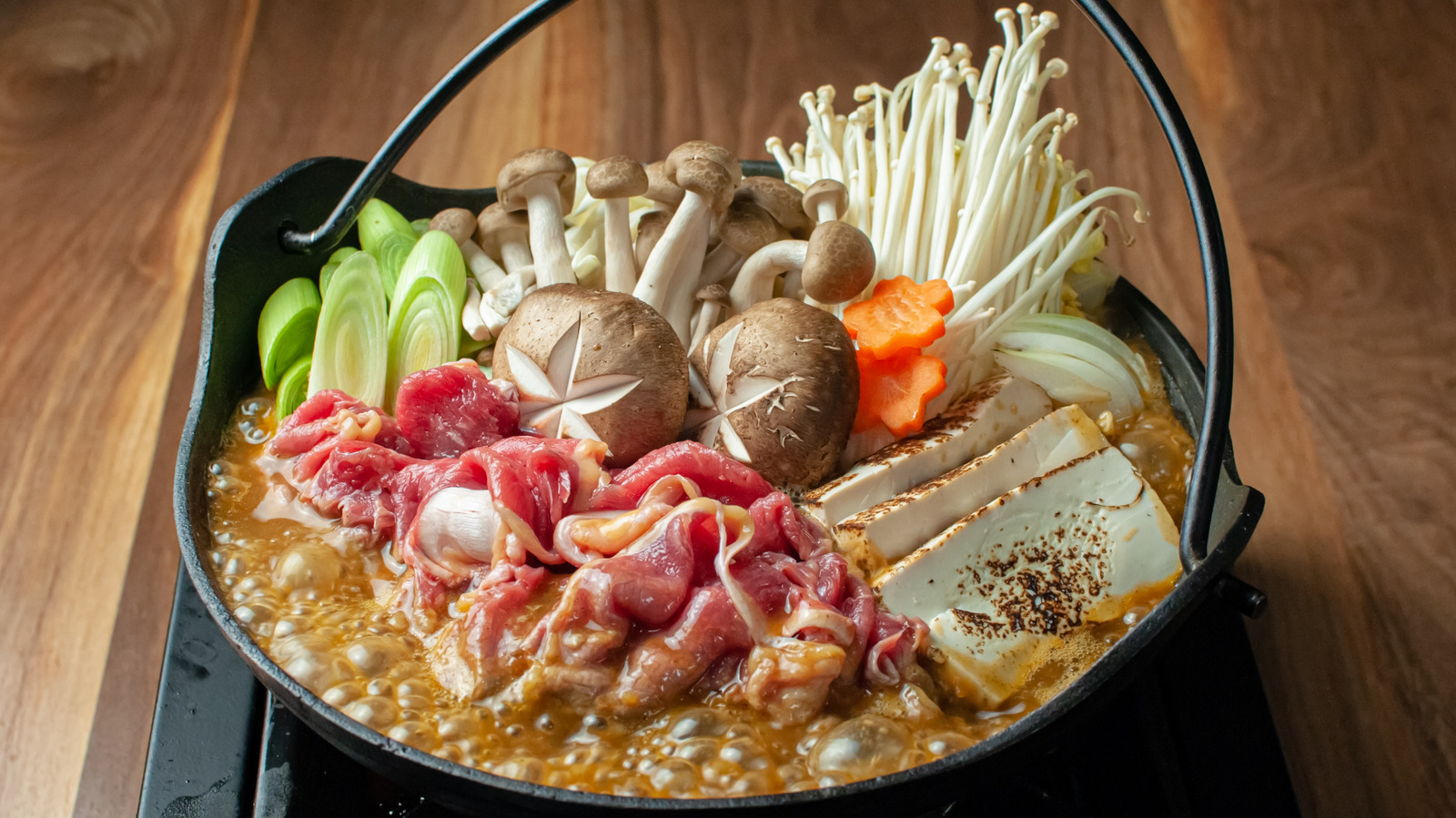
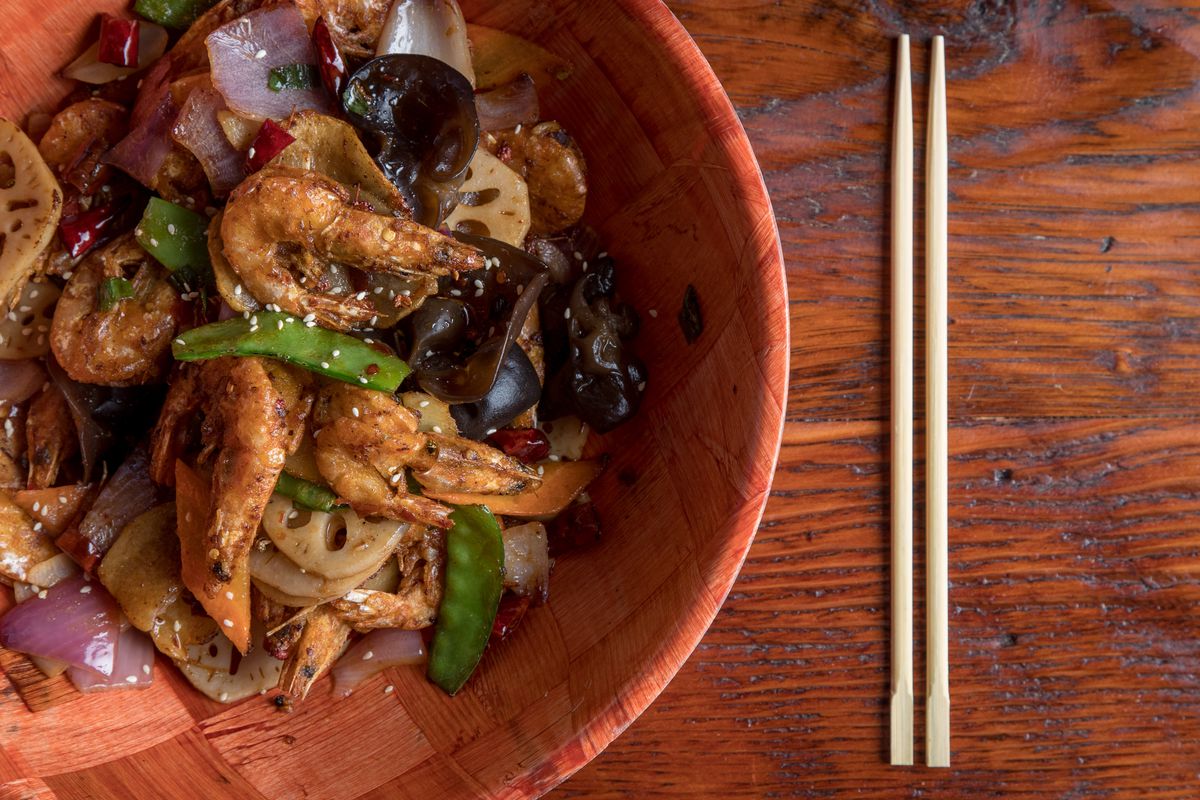
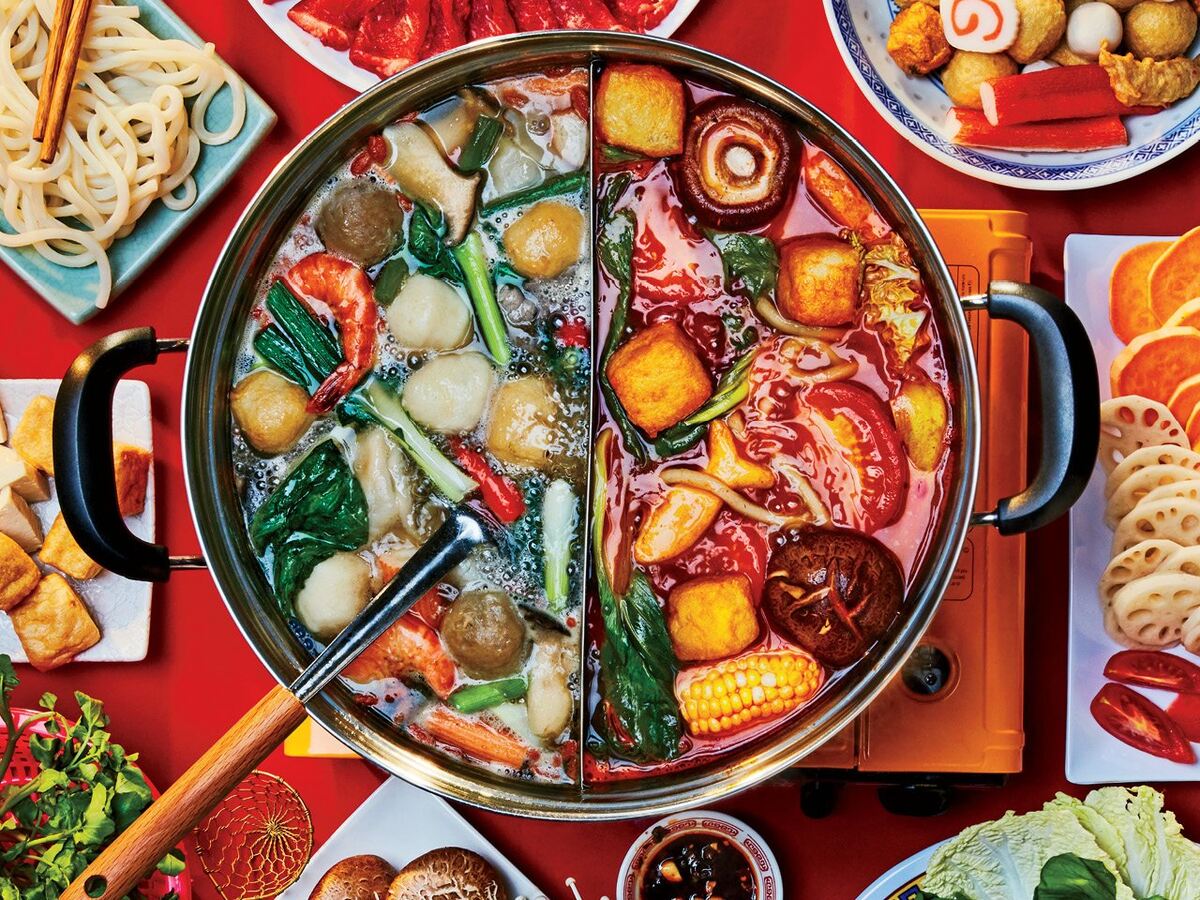
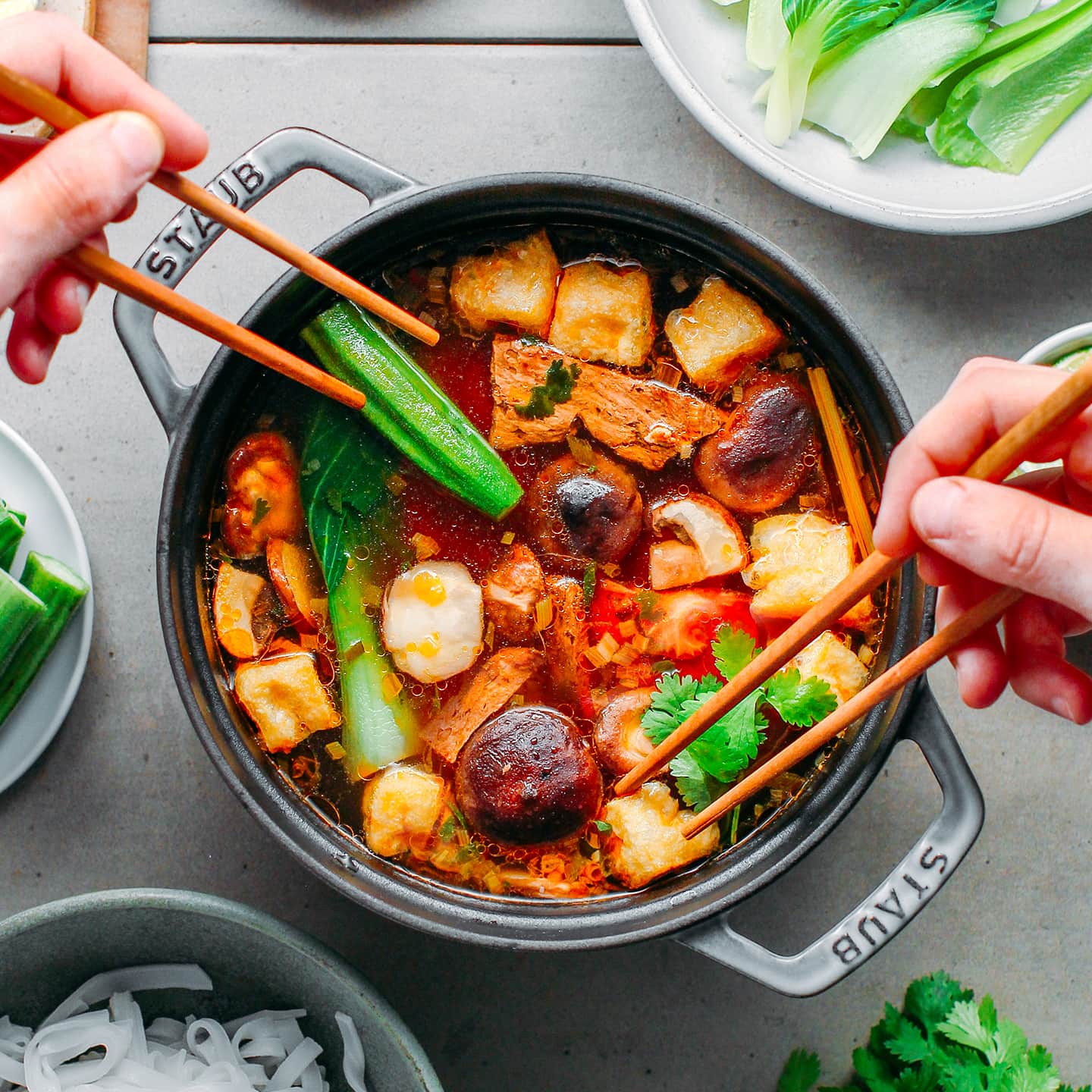
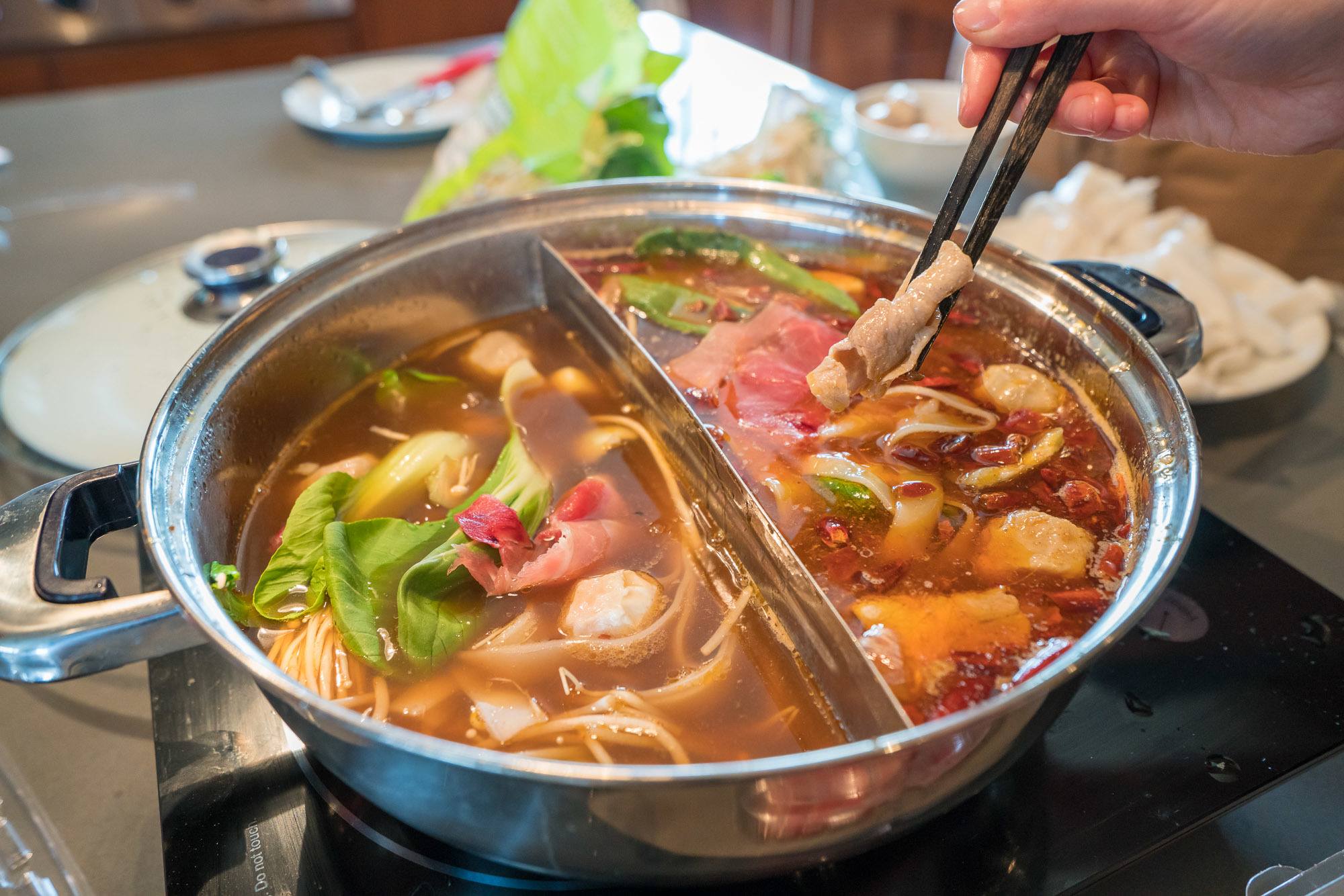
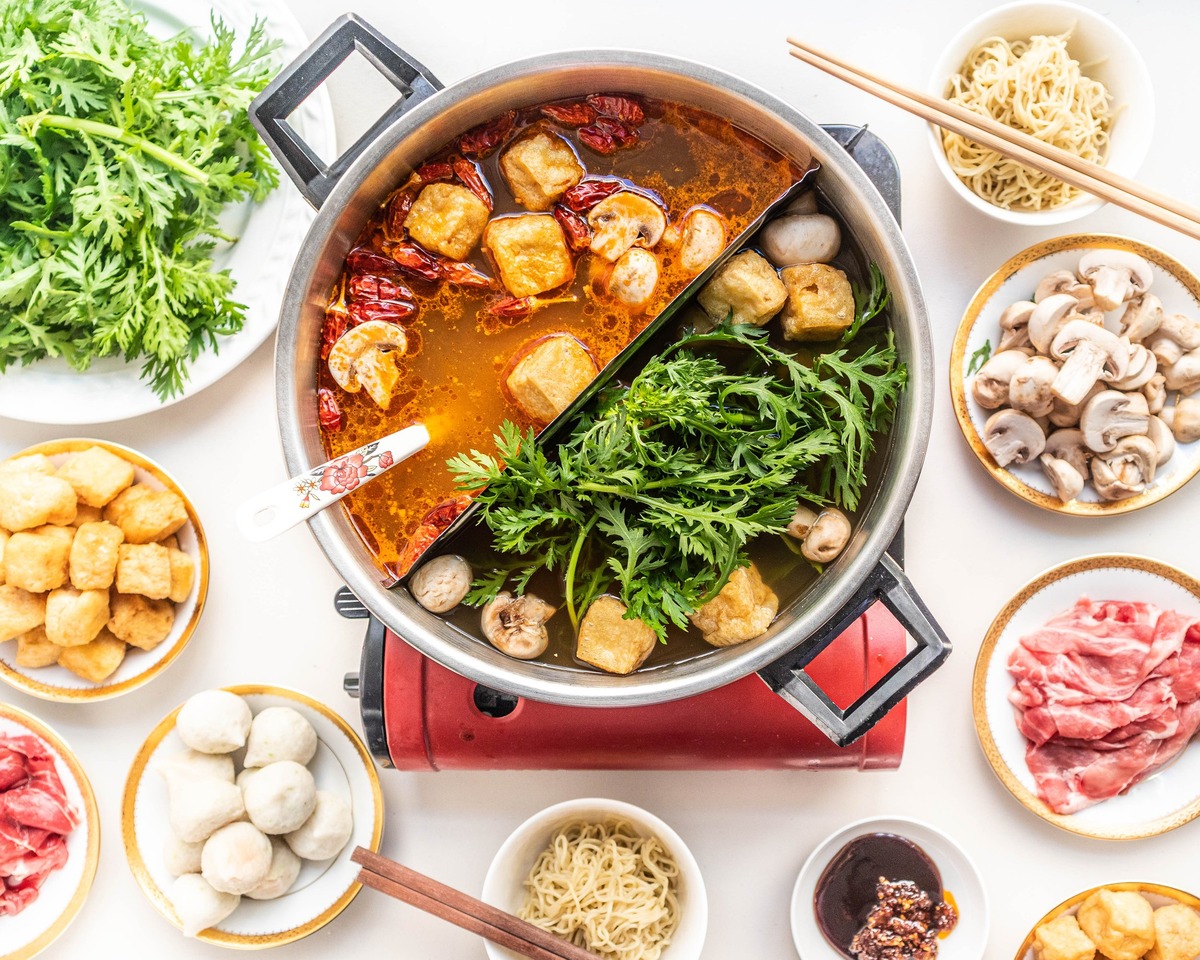
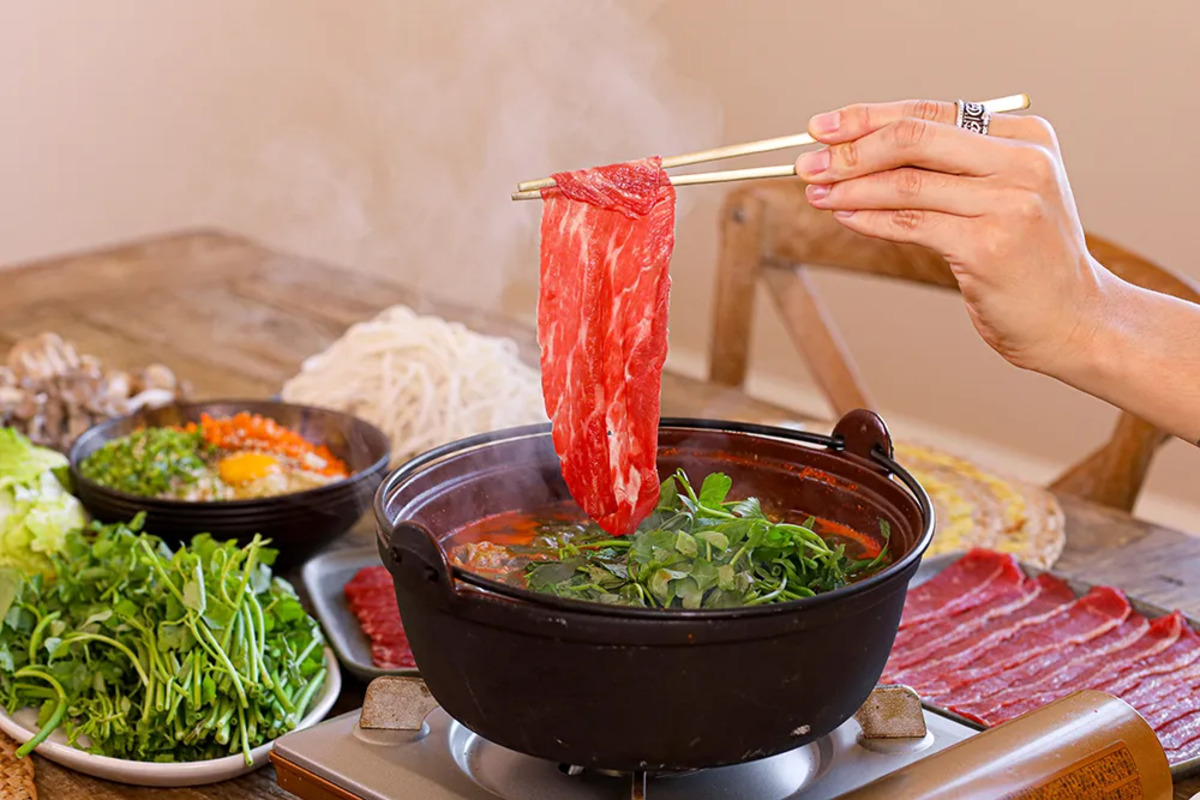
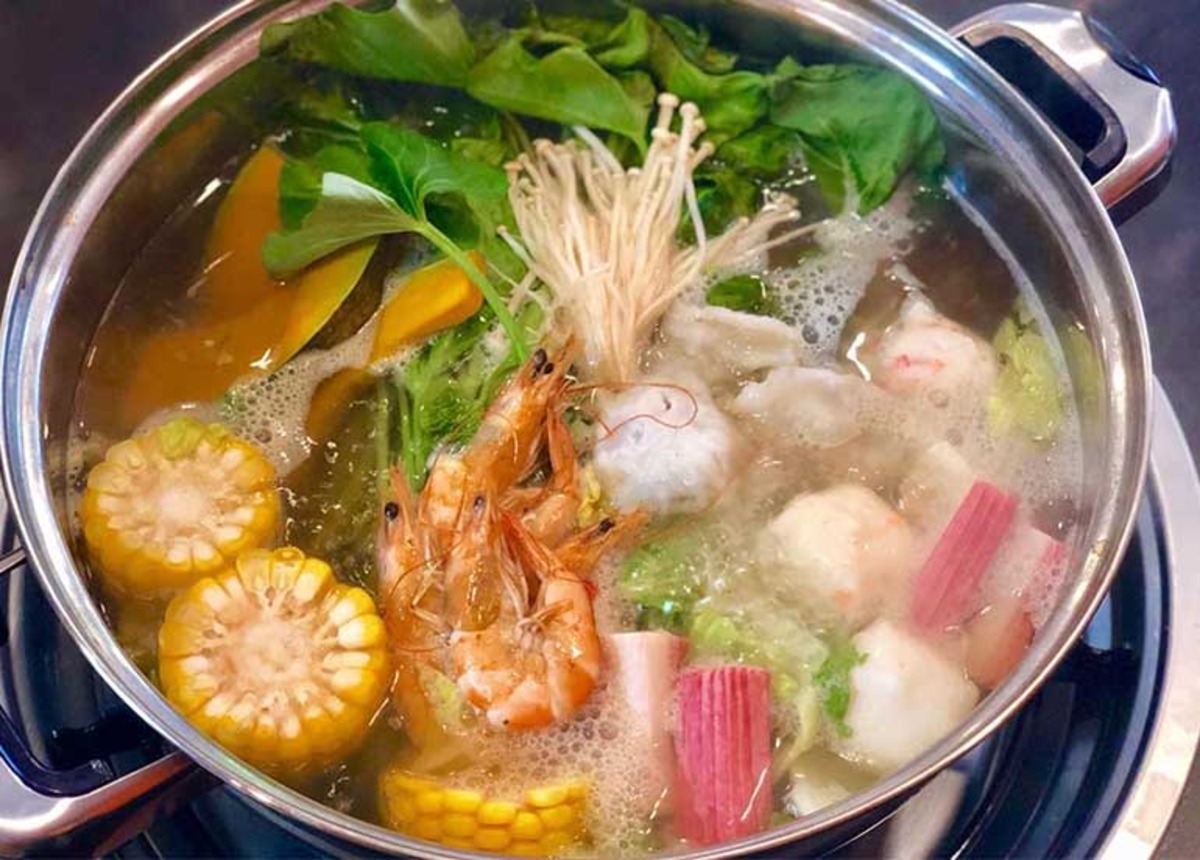
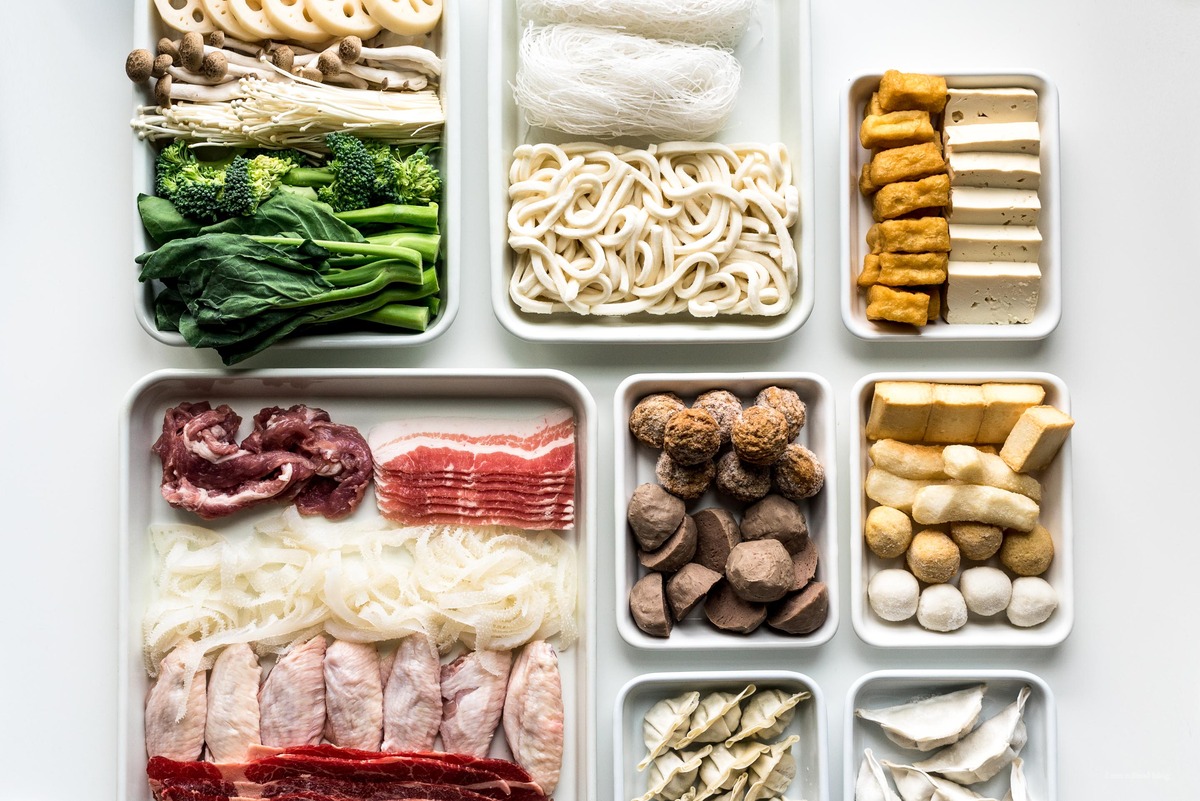
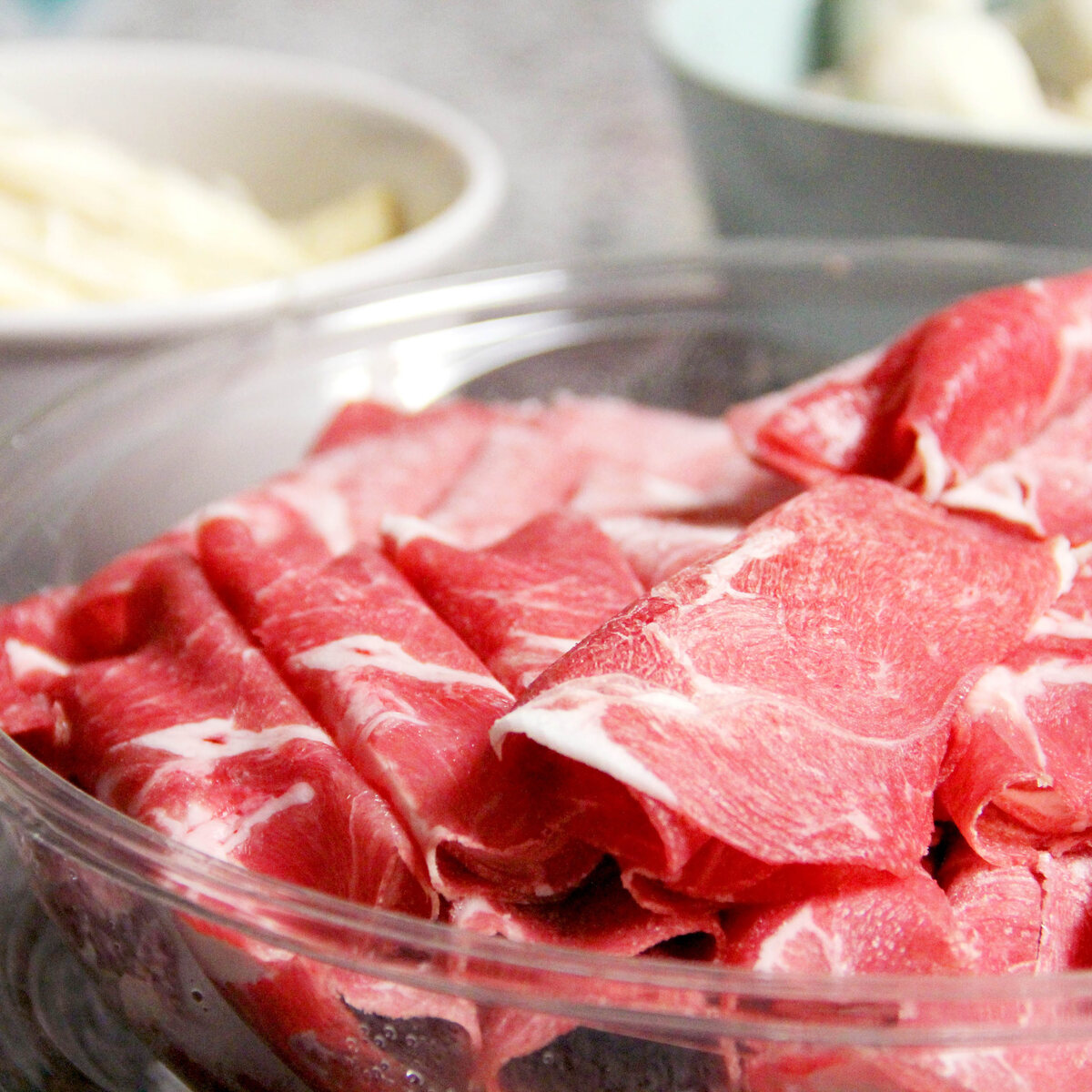
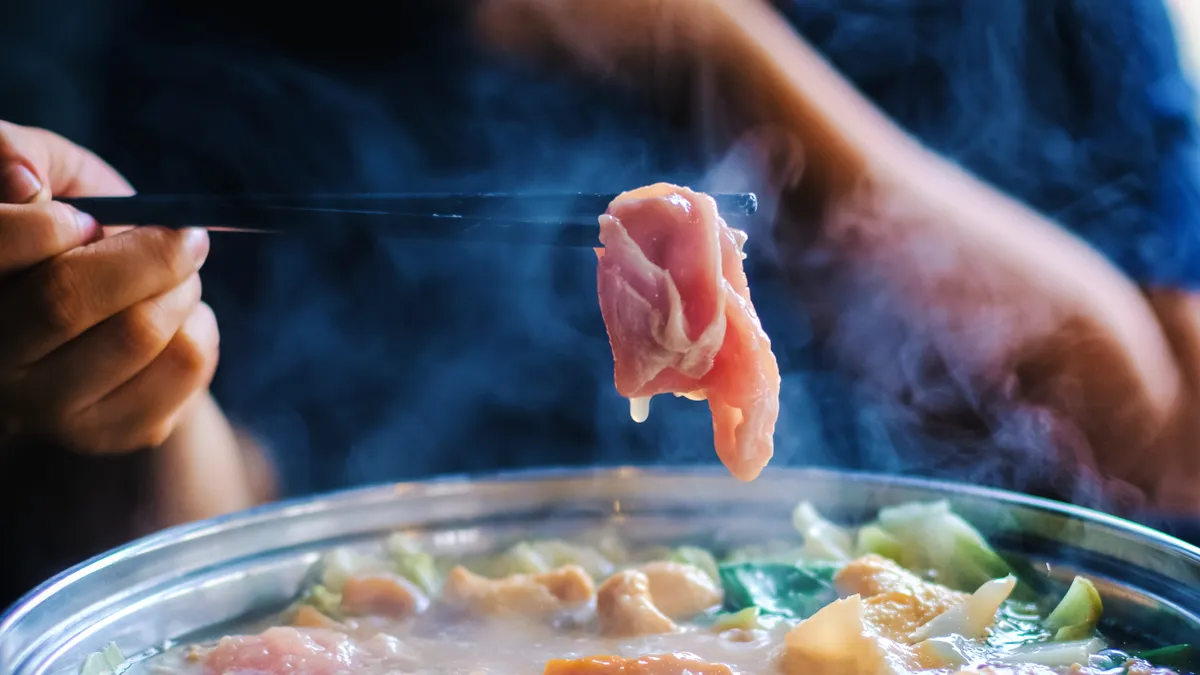
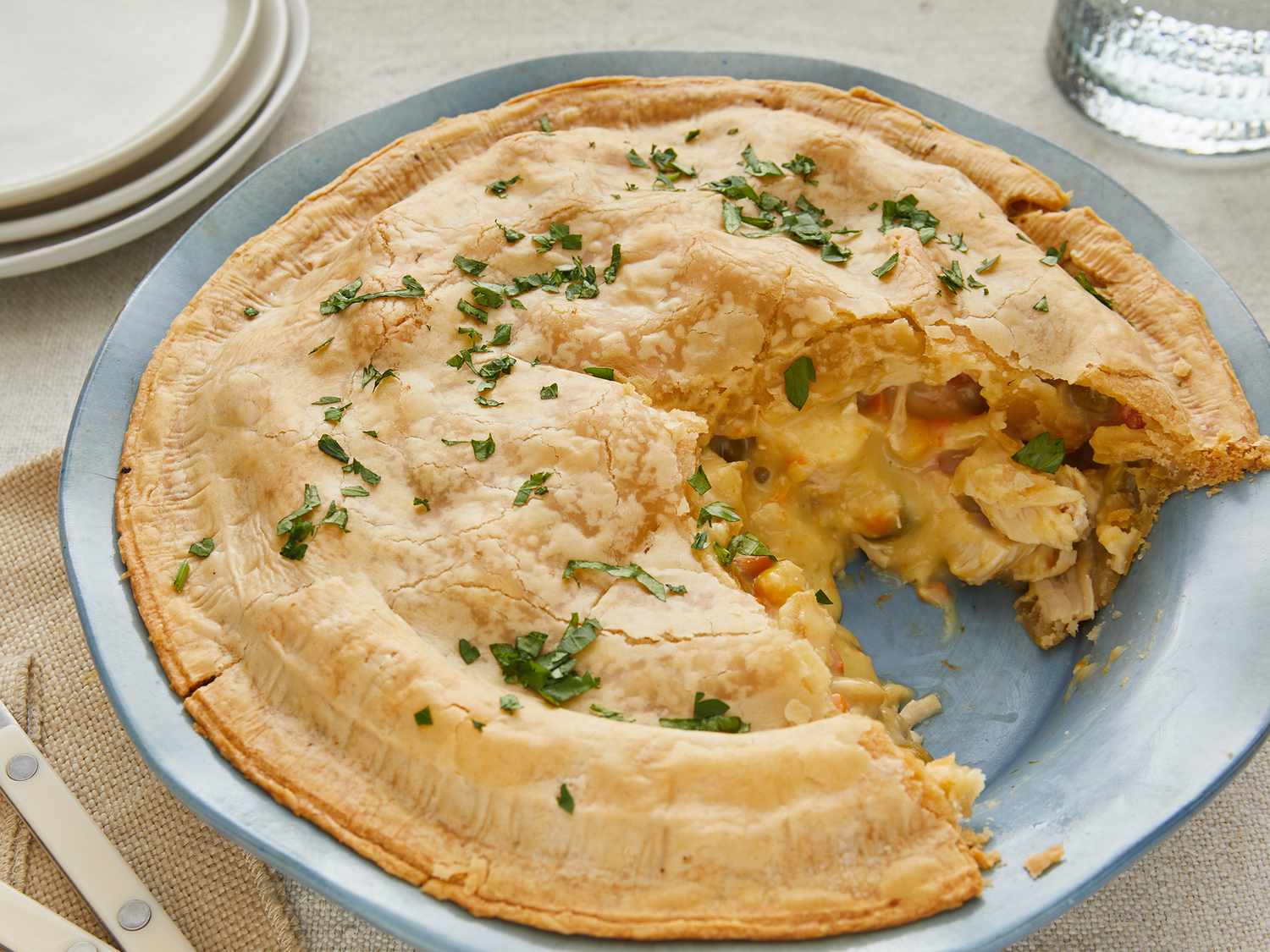
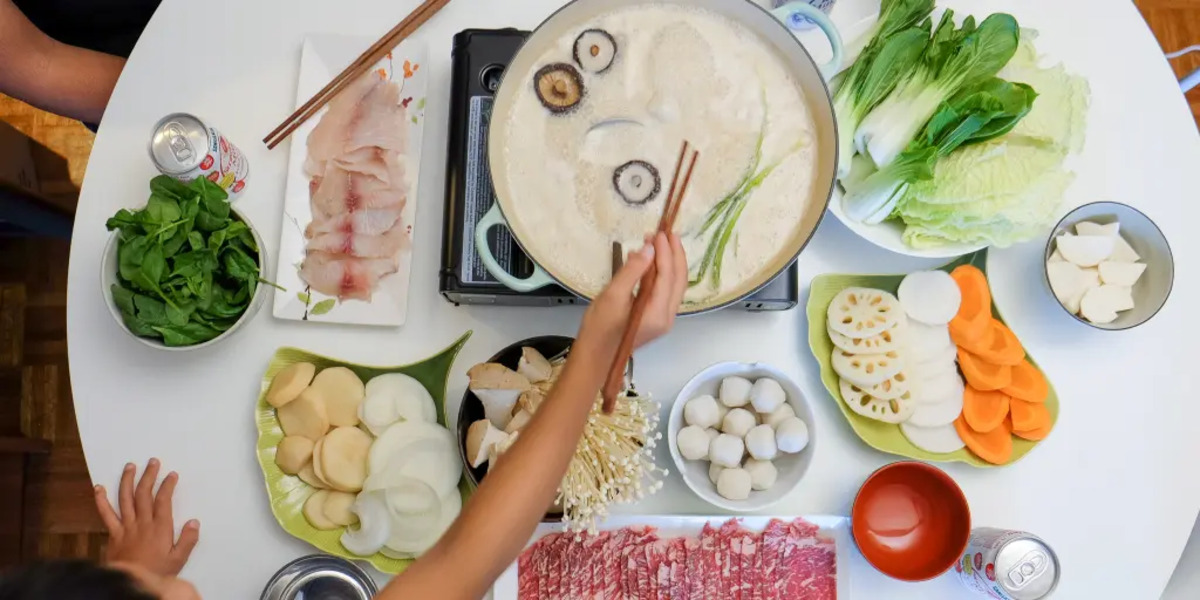

0 thoughts on “What Is Chicken Hot Pot”